A dishwasher is one of the most used appliances in a home. So, when it is not working, it’s important to find a solution as fast as possible. We’ve put together our top tips for how to troubleshoot a dishwasher. You’ll get it up and running before dishes even have a chance to pile up.
Dishes Aren’t Coming Out Clean
If you run too many loads of dishes through the machine or use too much detergent, you could have a buildup of residue and food particles. These will eventually clog the drain pump and cause a leak.
Use about half a cup of dishwasher detergent for each load of dishes (no more than a cup). This is enough detergent to get everything properly cleaned without risking damage from overuse.
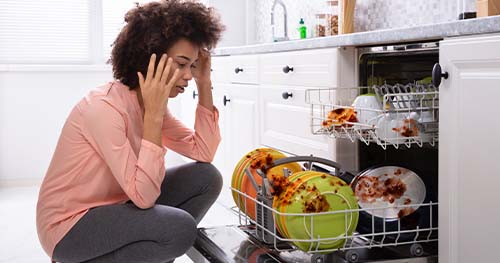
Dishwasher Doesn’t Run
If your dishwasher won’t run, don’t panic. There are several things that could cause this problem.

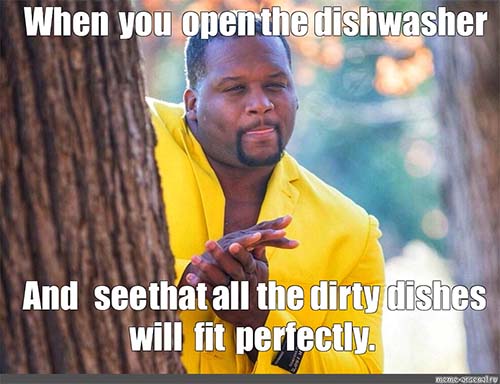
Dishwasher Doesn’t Fill
If you run your dishwasher and it doesn’t fill with water, there is a good chance that the float switch is broken. This is a fairly common problem, but it’s easy to fix.
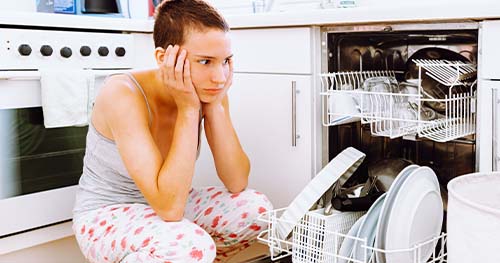
What is a Float Switch?
The float switch is part of the float assembly located at the bottom of the dishwasher. It contains a float ball that rises with water levels and pushes down on one end of the valve stem when it comes into contact with water. This opens the valve stem, allowing water to enter the tub for washing. When there is no water in the tub or the dishwasher is not running, the float ball rises and closes off this valve stem so no more water can enter the tub.
Dishwasher Doesn’t Drain
When your dishwasher won’t drain, it’s usually due to a clog in the drain pump. The pump is located under the floor of the dishwasher. You’ll need to remove several screws and parts to clean it out. If you aren’t confident, it’s best to call a plumber to help.
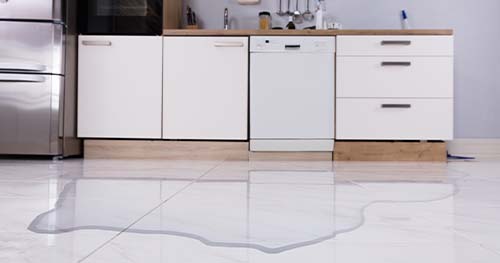
- You hear gurgling sounds coming from underneath or around your kitchen sink when you open up the faucet or turn on the water supply spigot after running a cycle.
- You see standing water in the bottom tray of your dishwasher after running a dishwashing cycle in a standard setting. When you check the bottom tray, it is full of standing water or completely flooded.
Dishwasher Smells Bad
There are many causes of bad smells from a dishwasher, but most of them can be easily fixed.
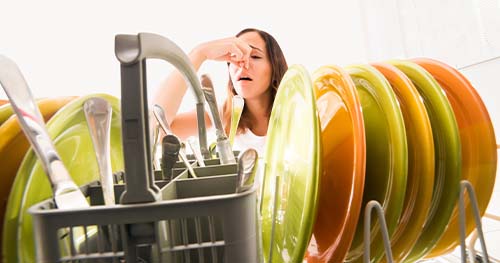
Got a dishwasher problem? Call the plumbing professionals at ASI and let’s get your dishes sparkling clean again.





